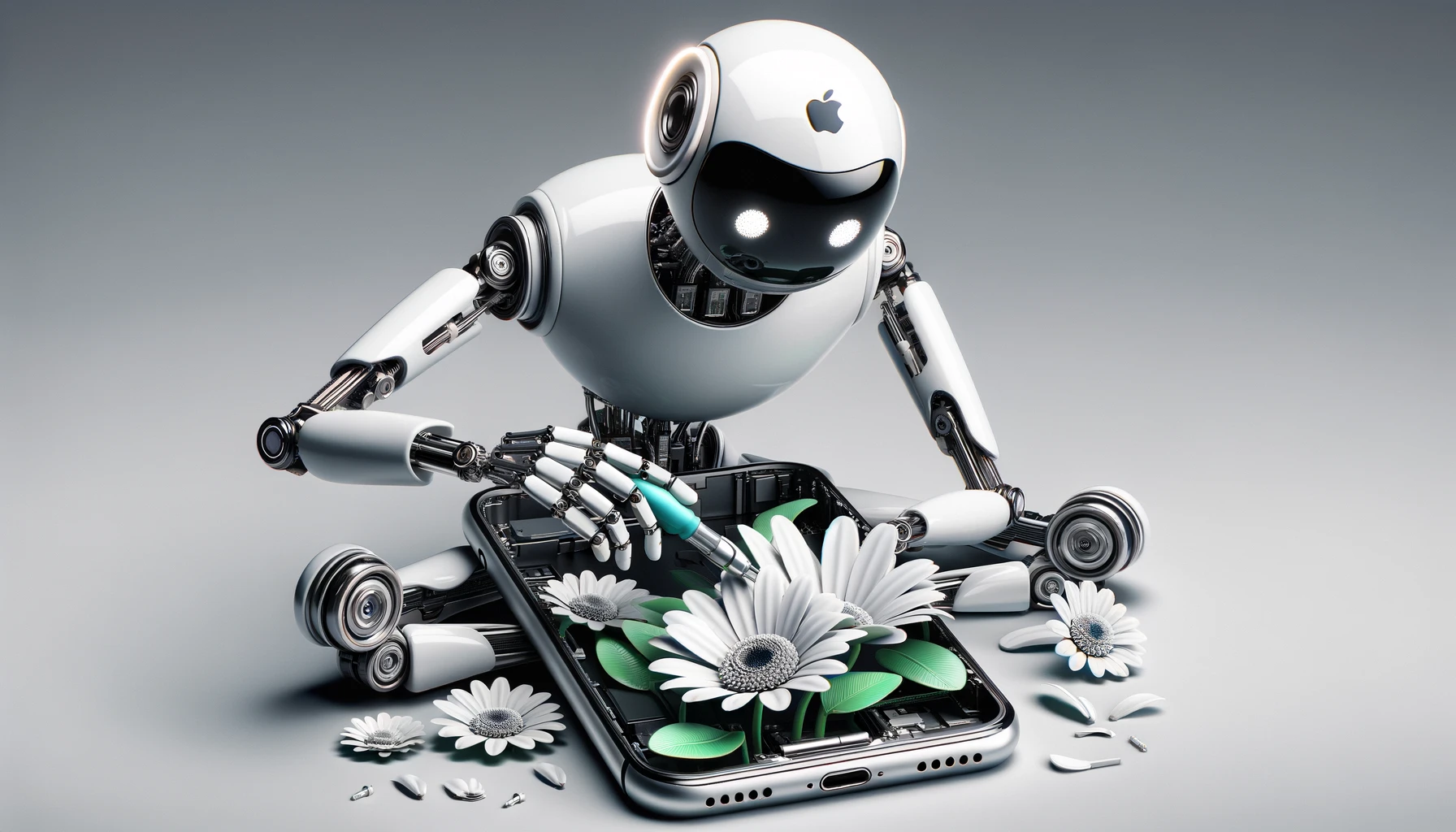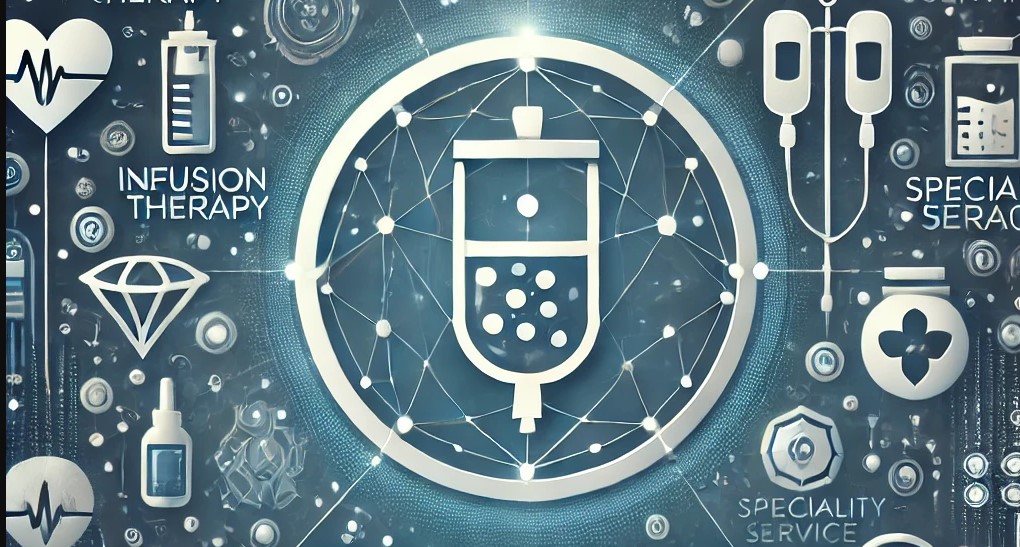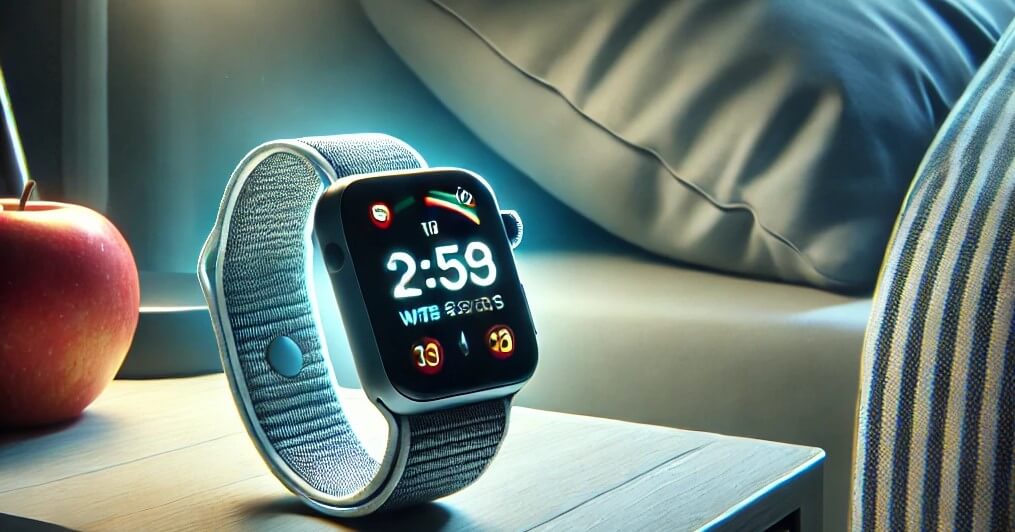Apple continues to lead in sustainability with its latest innovation, the recycling robot named Daisy. This cutting-edge machine is designed to efficiently disassemble iPhones, allowing for the recovery and reuse of valuable materials. As Apple progresses towards its goal of becoming completely carbon neutral by 2030, Daisy represents a significant step in reducing electronic waste and enhancing recycling practices.

The New Recycling Initiative
Apple’s Daisy robot is a major advancement in the company’s recycling efforts. Capable of disassembling 200 iPhones per hour, Daisy can handle up to 1.2 million iPhones annually. This robot is a successor to Liam, Apple’s previous recycling robot introduced in 2016. Daisy is more compact and efficient, addressing the limitations of its predecessor and bringing a higher level of precision and speed to the recycling process.

How Daisy Works
Daisy operates through a series of meticulously designed steps to ensure maximum material recovery. It uses four modules to separate various components of an iPhone:
- Display Removal: The first module detaches the display from the device.
- Battery Separation: Using a blast of cold air, the second module loosens the adhesive that secures the battery, which is then carefully removed.
- Screw Extraction: The third module unscrews the components, ensuring that each part is intact.
- Material Sorting: Finally, the fourth module places the separated components on a conveyor belt for human workers to sort into different bins for metals and plastics.
This process not only recycles materials but also preserves their quality, making them suitable for reuse in new products. Apple aims to use 100% recycled materials in its future iPhones, significantly reducing the need for raw material extraction.
Environmental Impact and Future Goals
Apple’s commitment to sustainability is evident in its ongoing efforts to improve recycling technology and practices. By making the intellectual property behind Daisy open source, Apple encourages other companies to adopt similar technologies, amplifying the impact on reducing e-waste across the industry. As part of its broader environmental strategy, Apple reports that 20% of the materials used in its iPhones are now recycled. This figure is set to increase as technologies like Daisy become more widespread.

Personal Perspective
From my point of view, Apple’s development of Daisy is a commendable move in the right direction. It highlights the company’s proactive approach to addressing electronic waste and sustainability. The compact design and efficiency of Daisy represent significant improvements over previous models, showcasing Apple’s innovative spirit and dedication to environmental responsibility. However, it’s crucial to note that while the technology is impressive, its success will also depend on widespread adoption and the cooperation of other manufacturers and recycling facilities.
As I see it, the potential of Daisy and similar technologies to revolutionize recycling is immense. They offer a scalable solution to one of the most pressing environmental issues of our time—electronic waste. By focusing on sustainability, Apple not only enhances its corporate responsibility but also sets a benchmark for the tech industry to follow. In conclusion, the development of Daisy is not just a technological milestone but a significant stride towards a more sustainable future.
Source: https://techcrunch.com/2024/06/03/inside-apples-efforts-to-build-a-better-recycling-robot/






